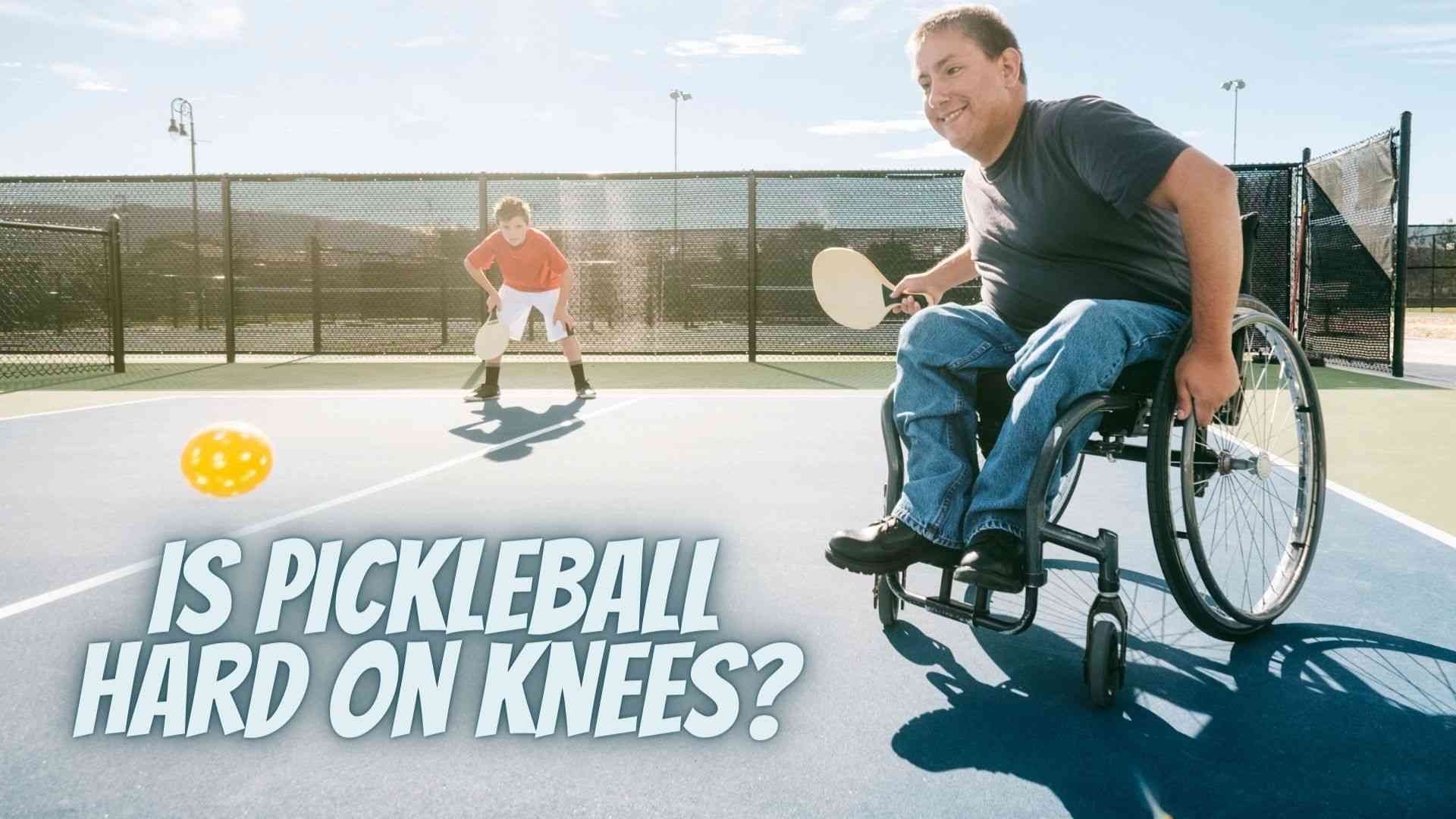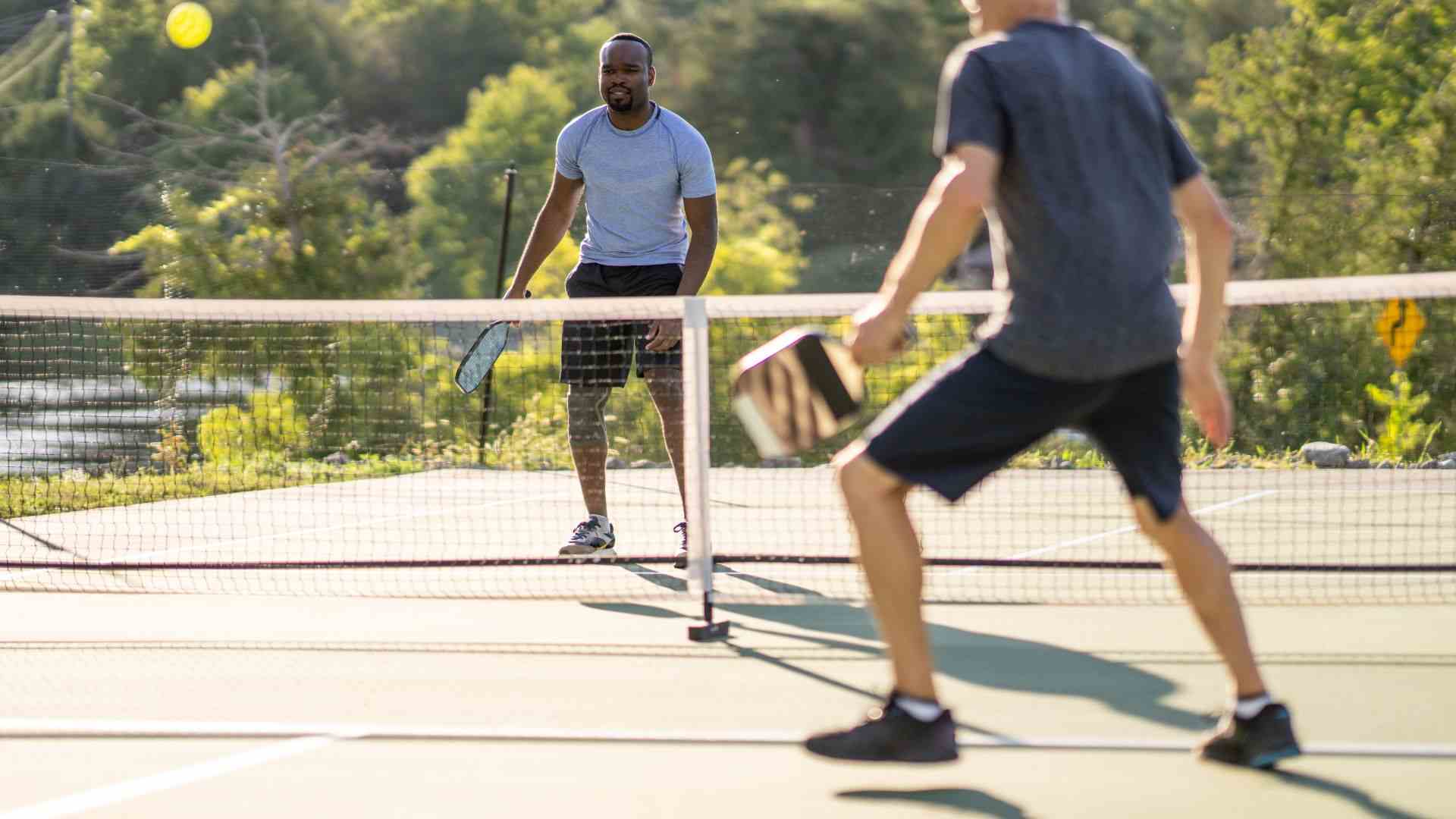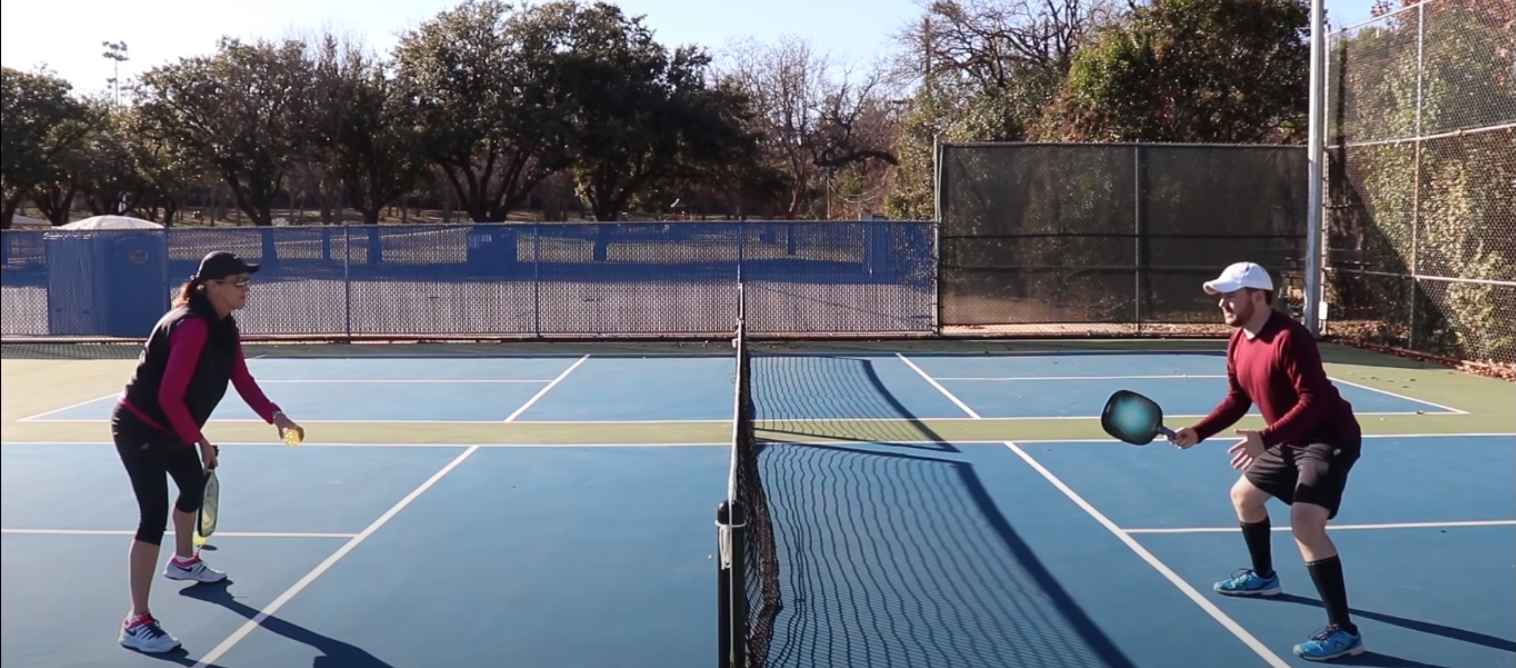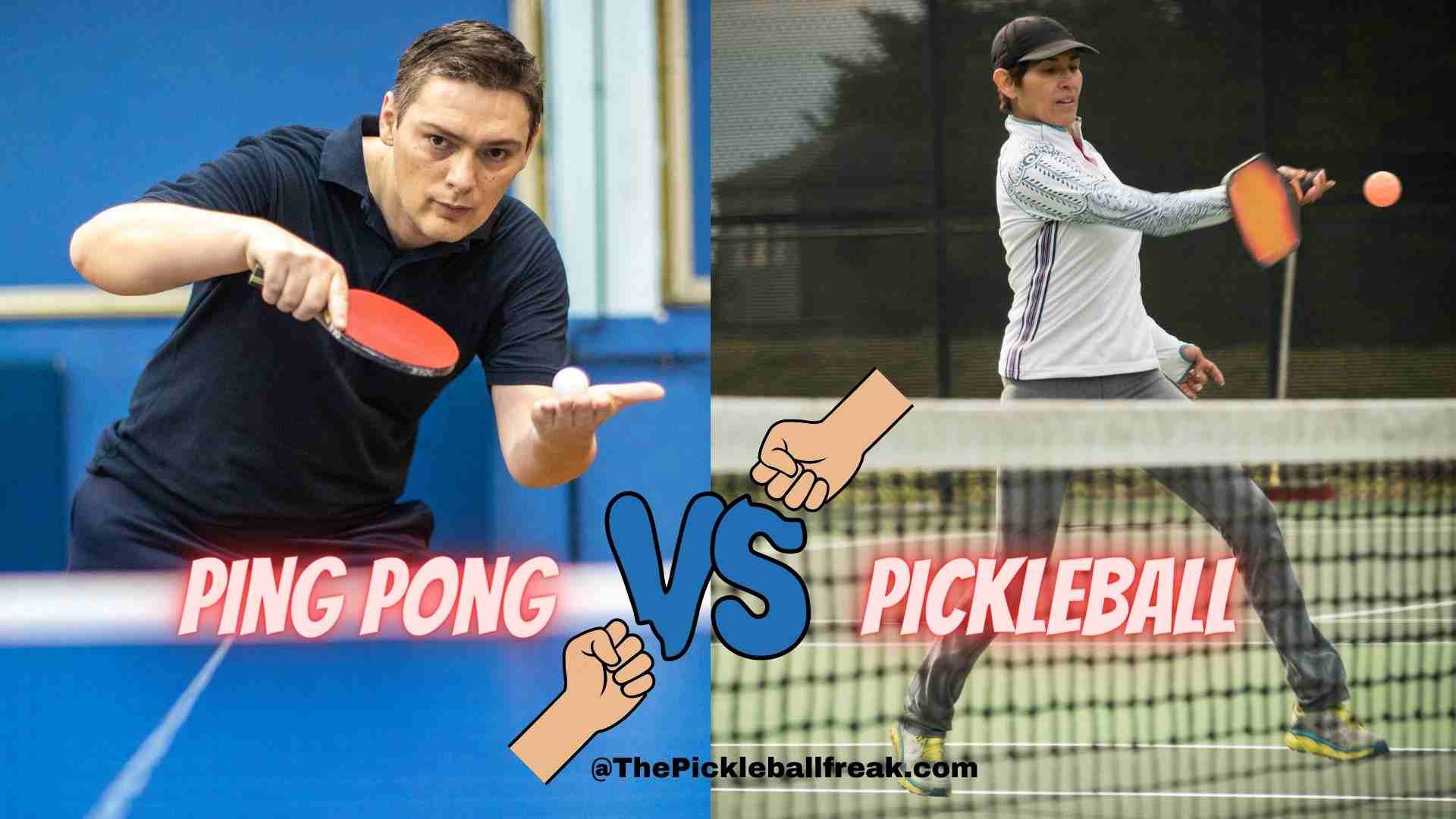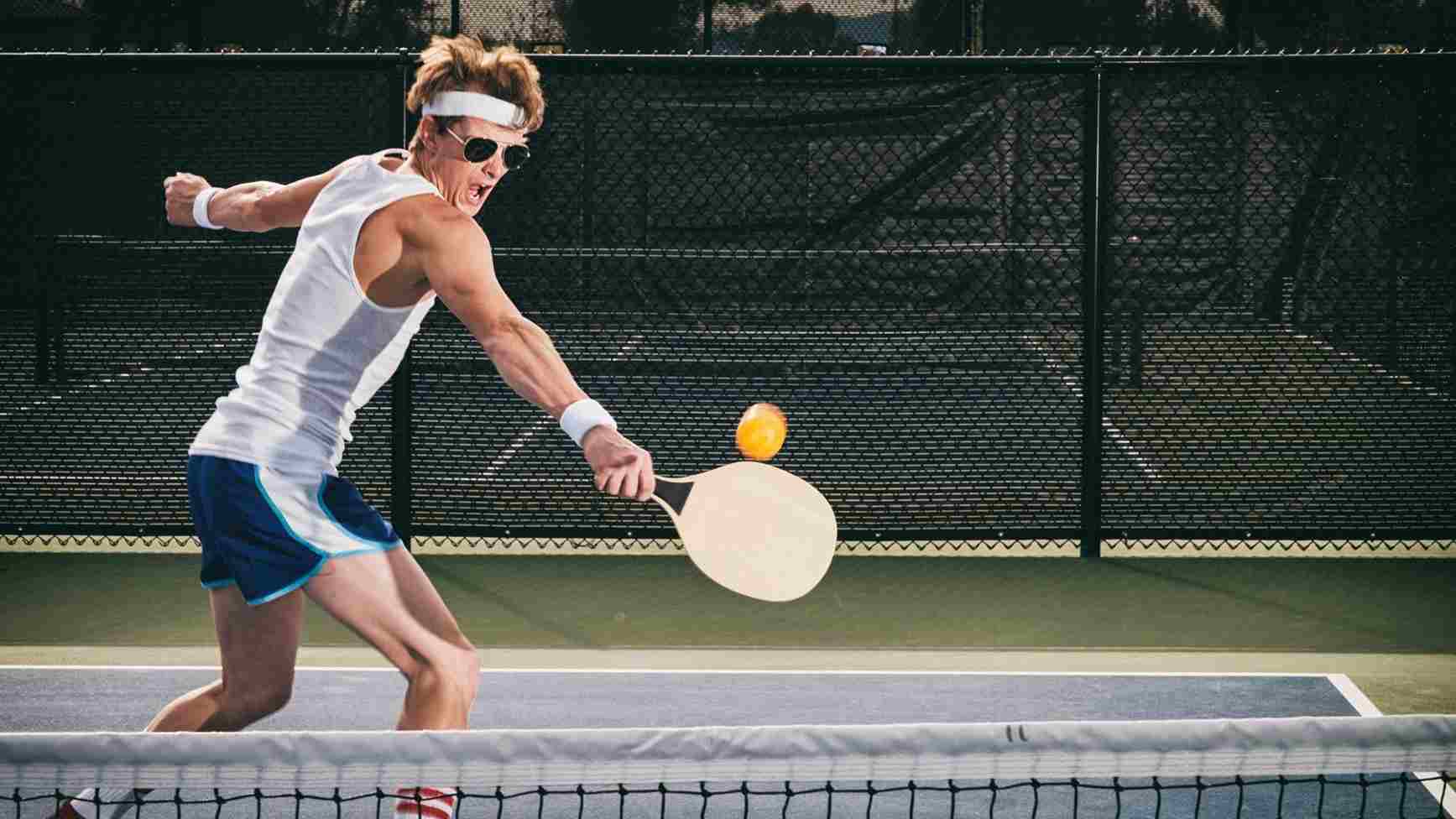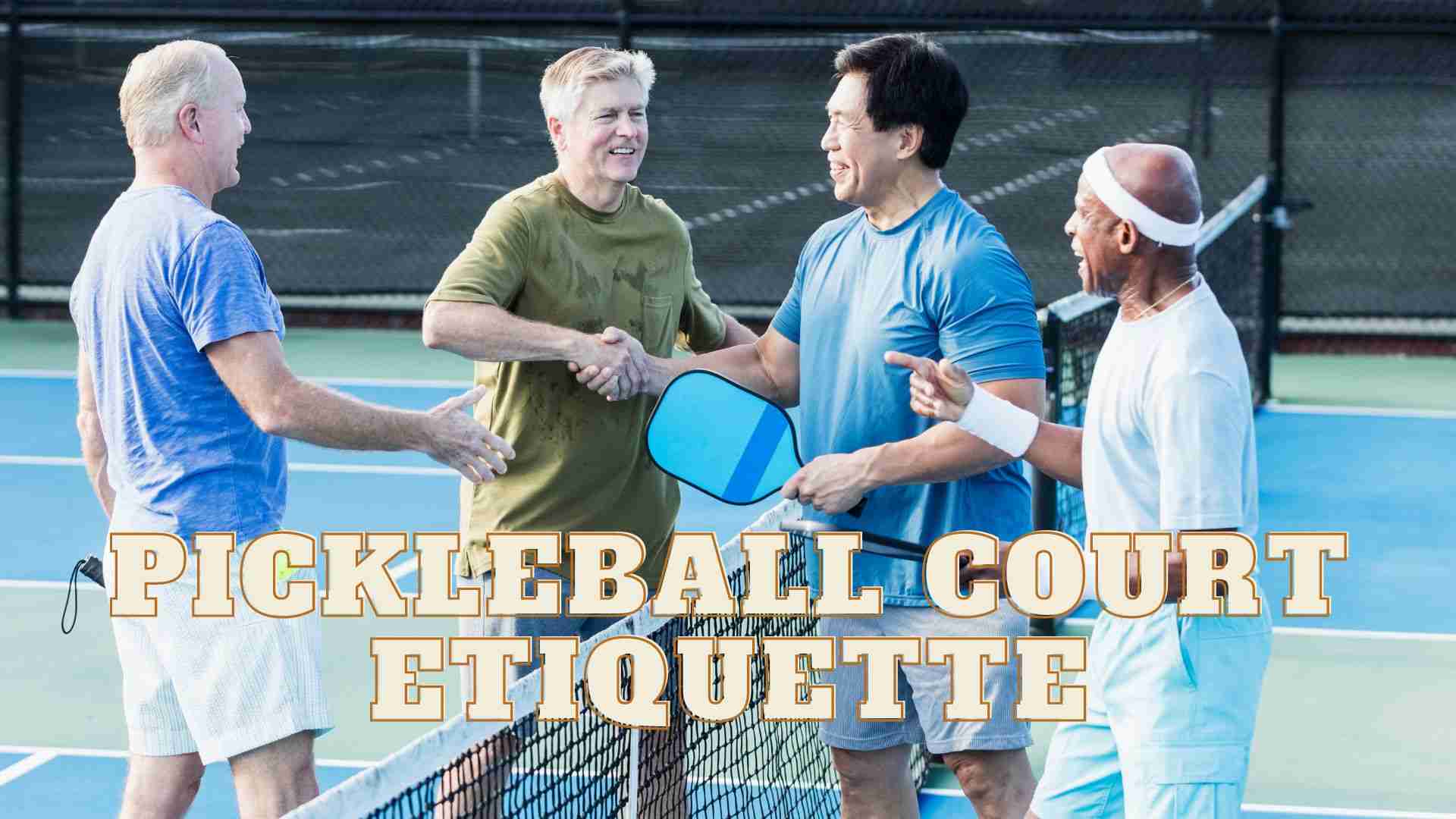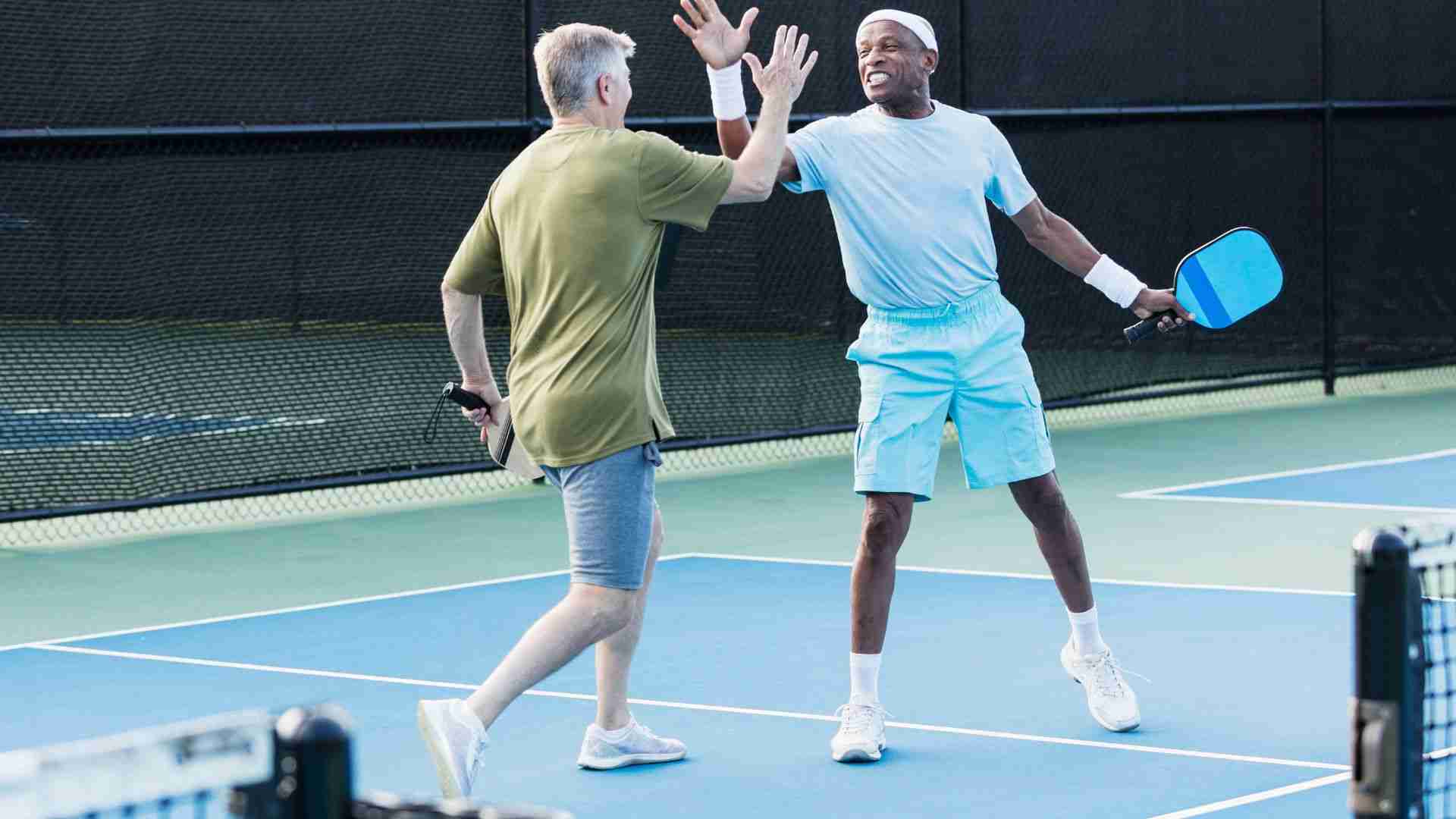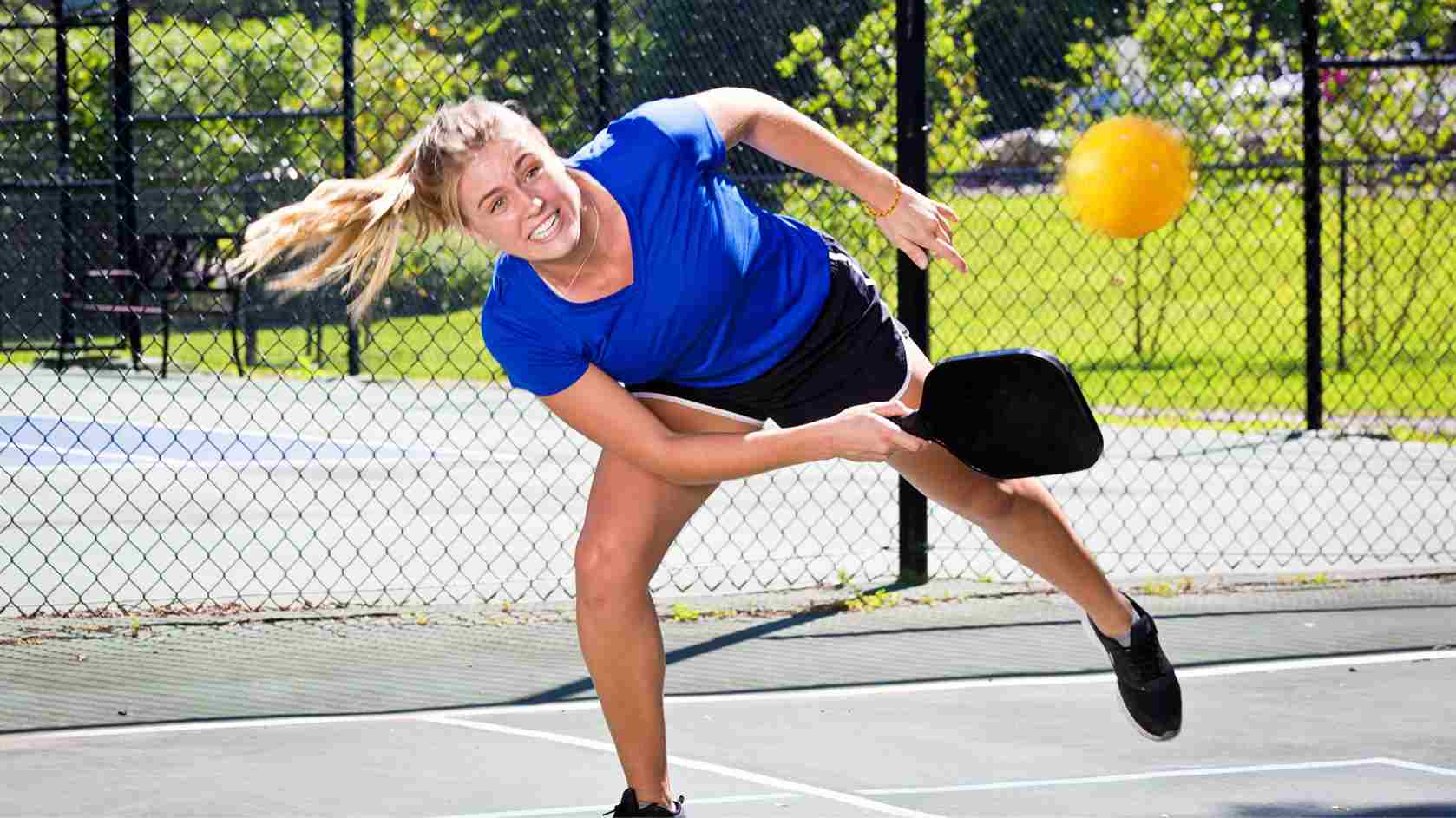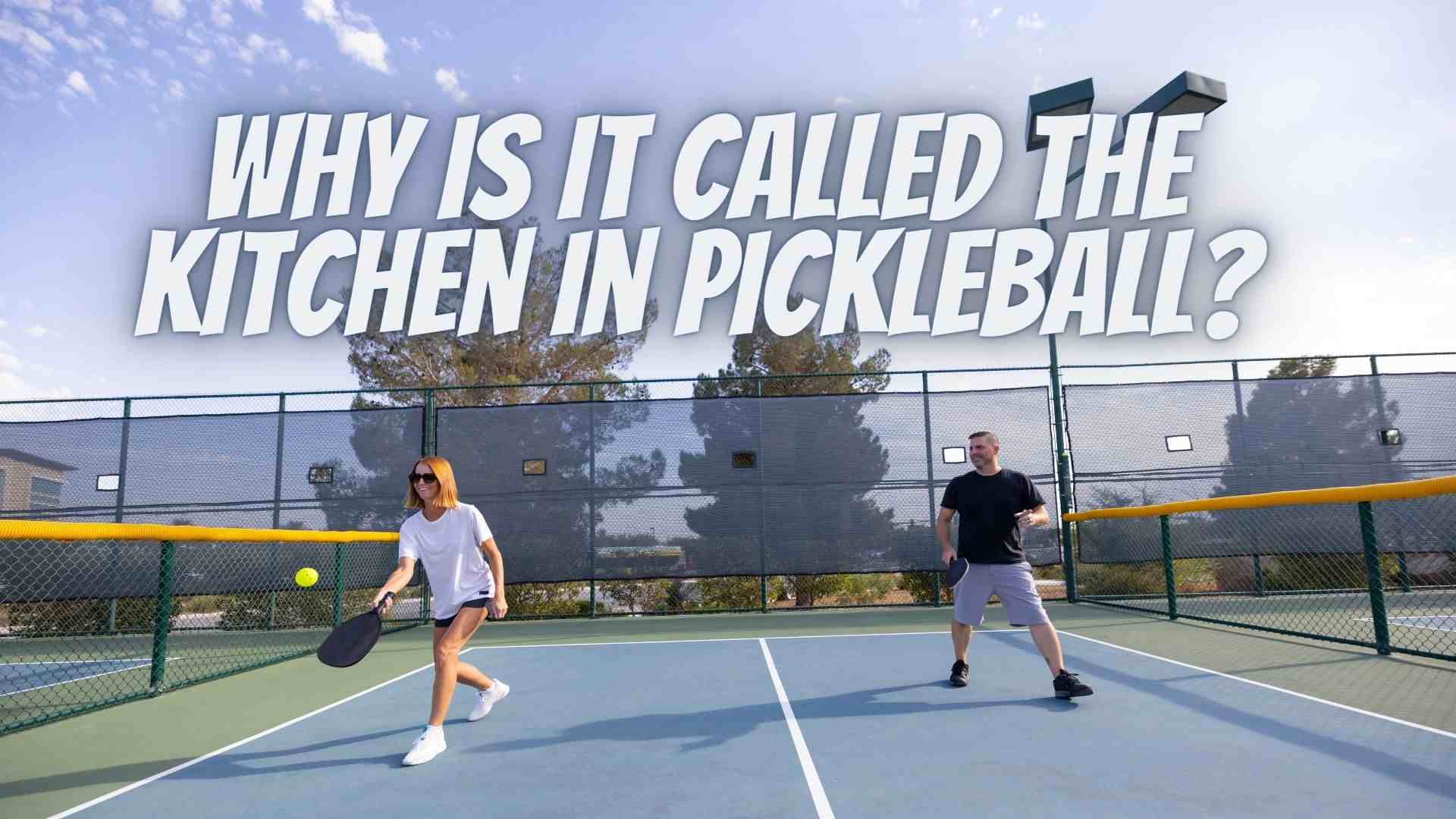
Are you a pickleball enthusiast curious about the “kitchen” and its significance in the game? Want to learn more about the origins of the pickleball kitchen, why is it Called the Kitchen in Pickleball, and whether can You Stand in the Kitchen in Pickleball? Then we’ve got you covered.
If you’ve ever played or watched pickleball, you’ve likely heard the term “kitchen” mentioned. Despite its seemingly odd name, understanding the kitchen’s role on the court is crucial for success in the game. But how did this area get named the “No Volley zone pickleball”?
One theory is that it comes from the game of shuffleboard, where an area on the board is called the “kitchen” and players lose ten points if their puck lands in it. Another theory is it came about because pickleball was invented by three dads who used kitchen items, like perforated balls and table tennis paddles, to play pickleball.
Learn more about the kitchen’s history, what is the kitchen in pickleball, and its impact on pickleball gameplay in this article.
In this article, we’ll explore why this area is called the kitchen, and the importance of the no-volley zone. So let’s get started and answer some of the most common questions about pickleball what is the kitchen?
The Non-Volley Zone
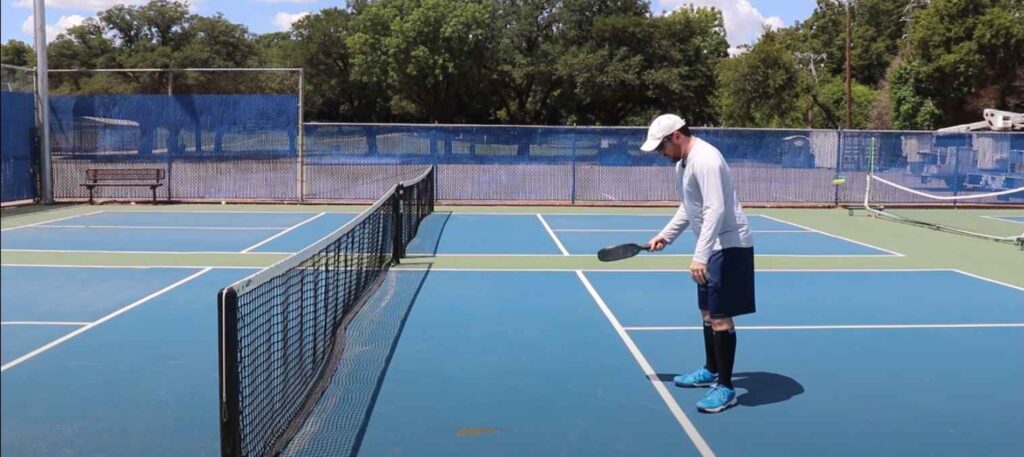
The pickleball kitchen is a seven-foot area on either side of the net where players are not allowed to hit the ball in the air. Instead, they must let the ball bounce before hitting it if they are standing in the non-volley zone.
The non-volley zone keeps the game fair and prevents players from dominating the game with powerful smashes close to the net.
The pickle kitchen also adds an extra element of strategy to the game, as players must be mindful of their position on the court and their opponent’s position in order to take advantage of opportunities to hit the ball.
You are not allowed to hit the ball in the air while standing in the non-volley zone, however, you are allowed to step into the non-volley zone after hitting the ball as long as you don’t hit the ball again until it has bounced on their opponent’s side of the court.
This pickleball strategy allows you to approach the net and put pressure on your opponents, while still adhering to the rules of the game.
Why Is It Called The Kitchen In Pickleball?
The non-volley zone in pickleball is commonly referred to as the “kitchen,” but have you ever wondered why? There are a few theories about the origin of the term.
The “Shuffle Board” Theory
One theory is that the term “kitchen” comes from shuffleboard, a game that shares some similarities with pickleball.
In the shuffleboard, the area at the end of the board where players stand is called the “kitchen,” and it is a no-play zone similar to the non-volley zone in pickleball.
Some believe that the term in pickleball “the kitchen” was simply carried over from shuffleboard to pickleball.
The “Soup’s On” Theory
Another theory is that the term “kitchen” comes from the phrase “soup’s on,” which was a call used to announce that dinner was ready in the early 20th century.
The non-volley zone was seen as an area where players had to wait and couldn’t play until the ball bounced, similar to waiting for dinner to be served. As a result, the area became known as the “kitchen.”
The “Three Dads” Theory
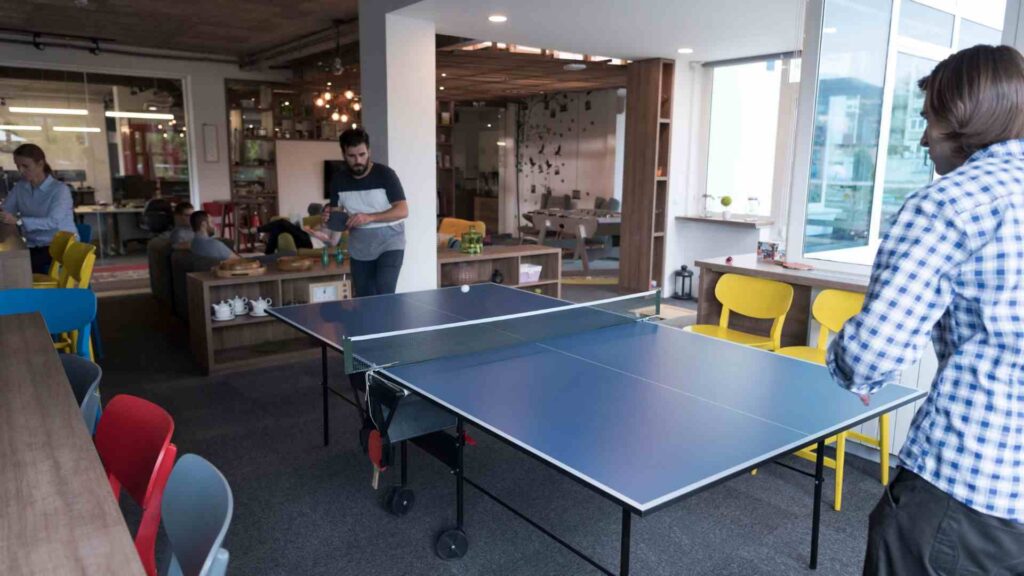
One more theory about why is a kitchen called a kitchen in pickleball is the three dads theory which suggests that the name “kitchen” for the non-volley zone in pickleball originated from the three co-creators of the game who were fathers.
As the story goes, their families were playing badminton but couldn’t find a shuttlecock, so they improvised with a wiffle ball and some paddles. They set up the court on a driveway, and because there was no real net, they used a string that was waist-high.
According to one of the fathers, “The dink shot was born because you couldn’t hit it hard with that kind of a net.” He also stated, “We called it the kitchen because the kitchen is the only place in the house you’re supposed to be gentle.”
This theory suggests why is it called a kitchen because the three dads coined the term ” kitchen ” as a playful and lighthearted name for the non-volley zone.
Regardless of the origin of the term, the kitchen remains an important and unique aspect of pickleball. It adds an extra layer of strategy to the game and helps to ensure that players of all skill levels can enjoy the sport.
Can You Stand In The Kitchen In Pickleball?
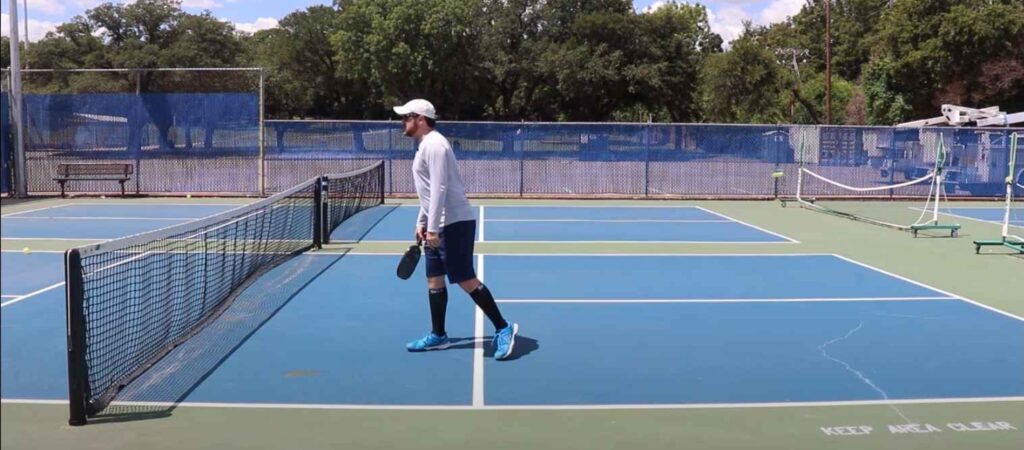
Yes, you can stand in the kitchen in pickleball, but you must be careful not to hit the ball while standing inside the non-volley zone unless the ball has bounced inside the zone first, and also keep some important rules in mind about standing in the kitchen zone.
According to the rules of pickleball, players are allowed to enter the non-volley zone and stand in the kitchen as long as they don’t hit the ball while standing inside the zone. Other than that you should pickleball stay out of the kitchen.
The only exception to this rule is if the ball bounces inside the kitchen, in which case players are allowed to hit the ball while standing inside the zone.
When standing in the pickleball kitchen you can limit your ability to hit certain shots, particularly those that require you to hit the ball at a higher trajectory.
However, it can also give you an advantage in certain situations, such as when you’re defending against a hard-hit shot from your opponent.
FAQS
What is the non-volley zone called in pickleball?
The non-volley zone in pickleball is commonly referred to as “the kitchen.” The reason for this name is not entirely clear, but it is believed to have originated from the game of shuffleboard.
Who calls the kitchen in pickleball?
In pickleball, faults in the kitchen or non-volley zone can be called out by any player on the opposing team, the player’s partner, or the referee if present. The opposing team gains a point if a fault is called. It is important for players to understand the rules of the game and respect the non-volley zone to avoid giving away easy points.
What is the kitchen in tennis?
Tennis does not have a “kitchen” like pickleball. Tennis has a similar area called the “service box” where players must serve the ball, but this area is not restricted to playing as it is in pickleball.
Can your paddle touch the kitchen?
If a player’s paddle touches any part of the non-volley zone, including the kitchen in pickleball, while the ball is still in play, it is considered a fault. Therefore, players are not allowed to touch the kitchen with their paddles while the ball is in play.
Conclusion: Why Is It Called A Kitchen In Pickleball
In conclusion, the “kitchen” in pickleball refers to the non-volley zone, a key area on the court where players cannot hit the ball in the air.
While the term “kitchen” remains somewhat unclear, it’s believed to have originated from the kitchen-like tiling pattern on early pickleball courts. Regardless of kitchen etymology, the kitchen is an important feature of the game that adds an extra layer of strategy and skill to the gameplay.
As a player, it’s important to stay aware of the boundaries of the kitchen and the rules that apply to it. By following the rules and respecting the kitchen, you’ll be able to play pickleball safely and enjoyably.







